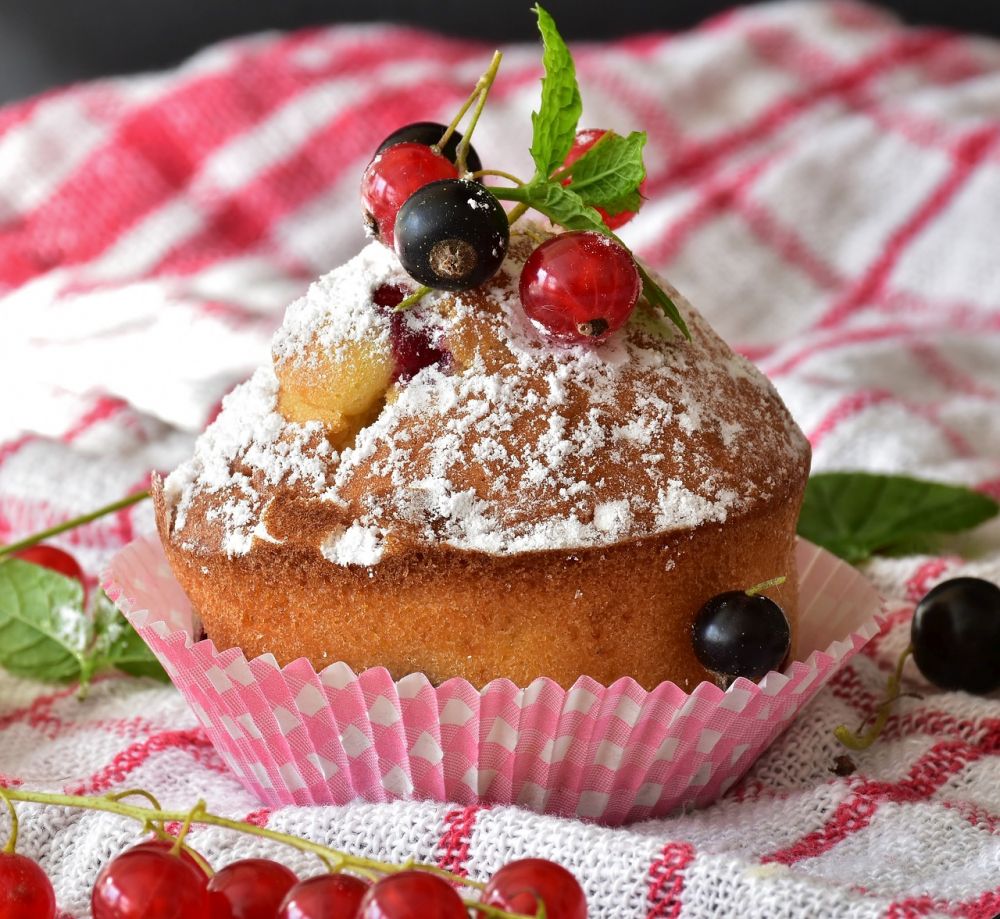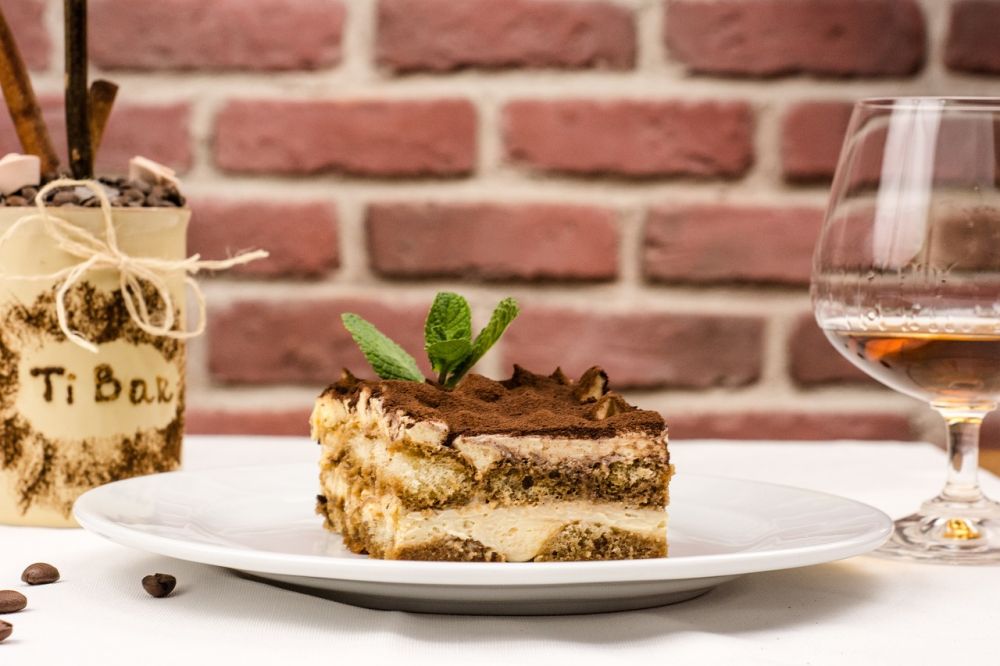Tray Bake: A Deep Dive into this Delicious and Versatile Dish

Introduction:
Tray bake, also known as sheet pan cooking, has gained immense popularity in recent years. This cooking method involves preparing and baking a variety of ingredients in a single tray or sheet pan. From savory to sweet dishes, tray bakes offer endless possibilities. In this article, we will explore the concept of tray bake in detail, showcasing its types, popularity, quantitative measurements, and how different tray bakes vary. Additionally, we will delve into the historical background and discuss the advantages and disadvantages of various tray bakes.
1. Overview of Tray Bake:

Tray bake is a cooking technique that involves arranging a variety of ingredients on a single tray and baking them all together. This convenient method saves time and simplifies the cooking process, making it popular among busy individuals and families. Tray bakes can be prepared for breakfast, lunch, dinner, or even as desserts, making them incredibly versatile.
2. Comprehensive Presentation of Tray Bake:
2.1 Types of Tray Bake:
There is a wide range of tray bakes available, catering to different tastes and preferences. Some popular types include:
– Vegetable Tray Bake: Featuring an assortment of roasted vegetables, seasoned with herbs and spices.
– Chicken Tray Bake: Chicken pieces or parts combined with vegetables and spices, creating a hearty and flavorful dish.
– Fish Tray Bake: Fish fillets or whole fish combined with fresh vegetables and aromatic seasonings, resulting in a healthy and delicious meal.
– Dessert Tray Bake: These sweet treats range from fruity crumbles to gooey brownies, all prepared on a single tray.
2.2 Popular Tray Bakes:
Certain tray bakes have gained immense popularity among food enthusiasts worldwide. One such example is the Mediterranean Roasted Vegetable Tray Bake, which combines a medley of colorful vegetables such as bell peppers, zucchini, and onions, seasoned with herbs like oregano and thyme. Another favorite is the Chicken and Potatoes Tray Bake, where succulent chicken thighs are roasted alongside baby potatoes, garlic, and rosemary, creating a delightful one-pan meal.
3. Quantitative Measurements of Tray Bake:
Measuring ingredients accurately is crucial in achieving a successful tray bake. To enhance the cooking experience, it is essential to mention the precise measurements of the ingredients, such as the weight of meat, volume of liquids, and the size of vegetables. This ensures that the flavors are well-balanced and the dish is cooked evenly.
4. Discussion on How Different Tray Bakes Differ:
Each tray bake offers a unique combination of ingredients, seasonings, and cooking methods, resulting in distinct flavors and textures. For instance, a vegetable tray bake will have a lighter and more herbaceous taste compared to a chicken tray bake, which may feature richer flavors from the meat and spices used. The choice of ingredients, cooking time, and temperature also contribute to the differences between tray bakes.
5. Historical Background of Tray Bake:
Tray baking has been around for a long time, with its roots tracing back to traditional cooking methods. Early civilizations used earthenware or metal trays to cook a variety of dishes over open fires. Over time, tray baking evolved, and with the introduction of ovens, it became easier and more efficient. Today, tray bakes have become a staple in many households and are celebrated for their convenience and delicious results.
Advantages:
– Time-saving: With all ingredients cooked in a single tray, preparation and cleaning time are significantly reduced.
– Versatility: Tray bakes can be customized to individual preferences, accommodating various dietary restrictions and preferences.
– Easy cleanup: Using a single tray minimizes the number of dishes to wash, making cleanup a breeze.
– Enhanced flavors: Baking ingredients together allows the flavors to meld, resulting in more intense and enjoyable taste profiles.
Disadvantages:
– Uneven cooking: Some ingredients may require different cooking times, leading to unevenly cooked components in the tray bake.
– Limited space: The size of the tray limits the quantity of food prepared at once, making it challenging for larger gatherings.
– Texture compromise: Certain ingredients, such as poultry or fish, may not achieve the desired crispy or seared texture when cooked in a tray bake.
Conclusion:
Tray bake has revolutionized the way we cook and has become a beloved method for its convenience and delectable results. Whether it’s a savory vegetable tray bake or a mouthwatering dessert creation, this cooking technique offers endless possibilities. By understanding the various types, measurements, and differences between tray bakes, individuals can explore the vast world of sheet pan cooking and create delightful meals that satisfy even the most discerning taste buds.
Video caption: Learn how to create a delicious and wholesome Chicken and Vegetable Tray Bake in under 30 minutes. Watch as the flavors meld together, resulting in a satisfying meal the whole family will love.





